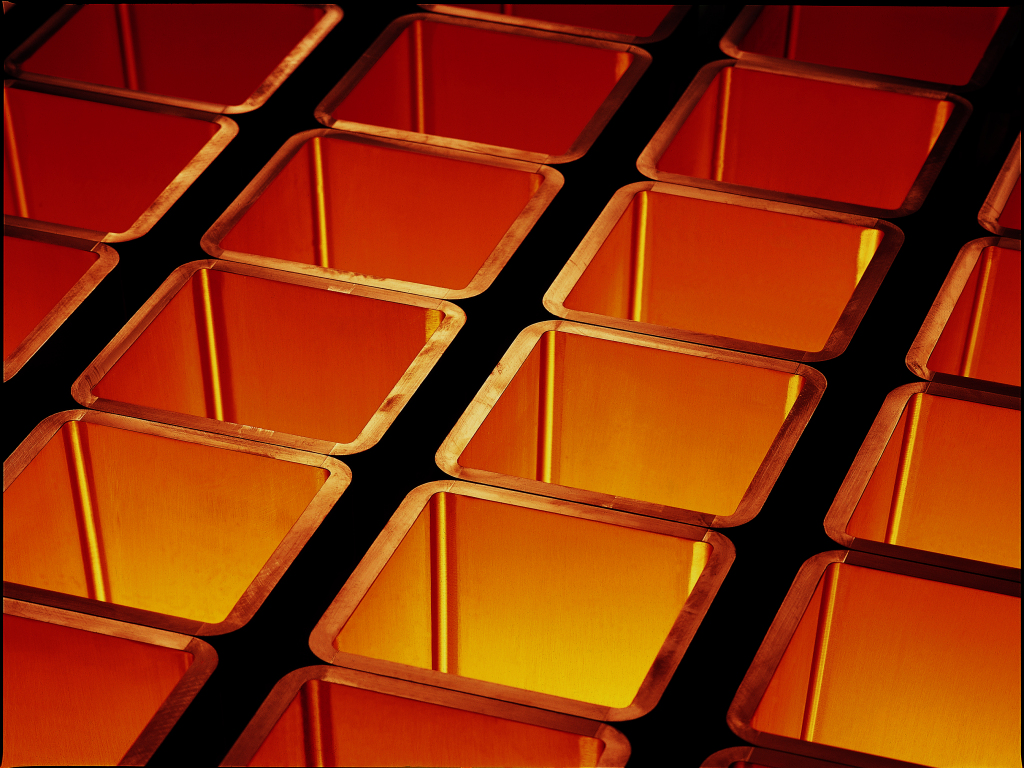
Wide processing range
Copper and copper alloys can be processed in very different ways, because with copper a wide variation of mechanical and physical properties can be achieved by modifying the alloy components.
Pure copper can be used in a wide variety of ways, not least because of the many ways in which it can be processed. Copper and copper alloys can be melted and cast well, formed excellently within a wide temperature range, they can be annealed, soft and hard soldered, but also welded. The simplest method of achieving the end product is melting and casting, which is usually done by die casting. Cast copper can be hot or cold formed. This method of processing, also called chipless forming, can be used to produce wires, strips, sheets and rods. In chip-removing shaping, the desired shape is achieved by grinding, milling or the like. This process is particularly useful for the production of turned parts. In addition, there are a number of joining methods such as welding, which is used for the application of armouring, plates and buffer layers.
To produce sheets and strips, copper rolling slabs are pre-heated to about 800 to 950 °C and hot-rolled to a thickness of 10 to 20 mm. These pre-rolled sheets are then usually milled and finish-rolled to the required thicknesses in a cold state – possibly with the inclusion of intermediate annealing and pickling. Because of their good cold formability, copper sheets and strips can be easily processed further by deep drawing, spinning, forcing, etc. Copper tubes are usually made from cast billets which are extruded or hot rolled into a tube. The tube blanks are brought to the final cross-section in stages by cold forming on pilger rolling mills or drawing benches. The most economical way is to finish drawing copper tubes in long lengths as coils on barrel drawing machines. To produce rods from copper, preheated extrusion billets are first pressed into strands on an extrusion press. During the subsequent cold forming to the desired final cross-section, the extruded strand is drawn through a die on drawing benches.
Wires are either rolled as wire rod immediately after casting in the casting heat or wire ingots are heated to 800 to 900 °C and rolled out on calibre mills into wire rod of 8 or 12 mm Ø, then pickled and, for higher demands, also peeled. The wire rod is then drawn to the required size on multiple drawing machines. Copper can be formed during wire drawing with a reduction in cross-section of more than 99 % without intermediate annealing.
In the production of drop forgings, bar sections are usually inserted into a hollow mould (die) enclosing the material on all sides after heating to the forming temperature and formed under the powerful pressure of a press. In contrast, open-die forgings are semi-finished products that are formed by impact or pressure and are mainly produced with simple tool parts that do not enclose the material on all sides (e.g. flat webs, saddles).
Are you looking for a different content?
Copper alloys
There are more than 400 copper alloys, each with very special properties, and the number is growing all the time.
More